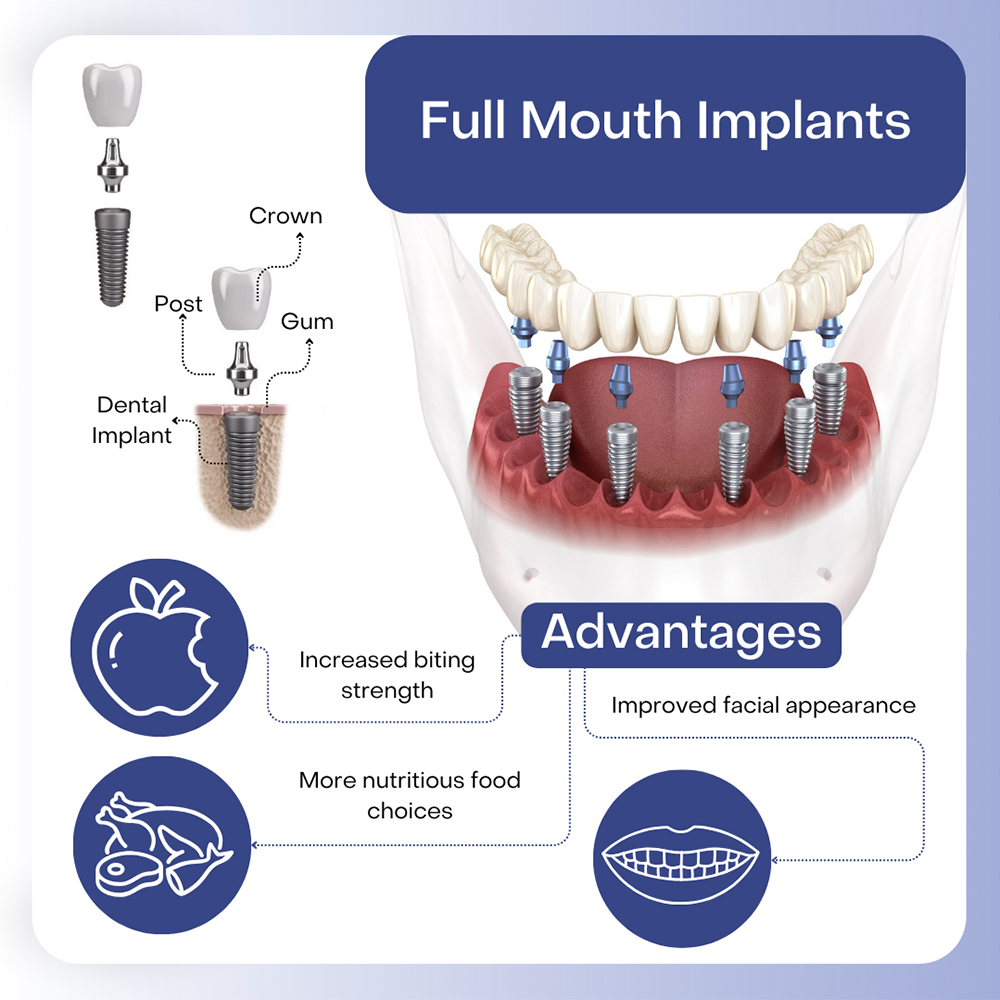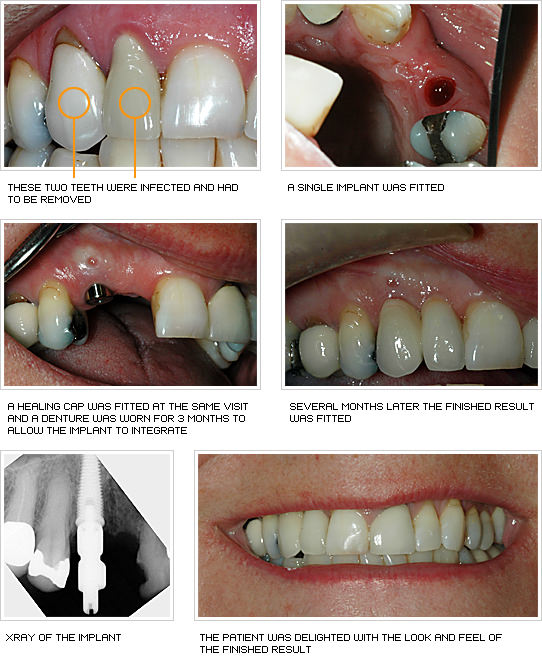Dental Sense for Dummies
Dental Sense for Dummies
Blog Article
More About Dental Sense
Table of ContentsThe Single Strategy To Use For Dental SenseThe 7-Second Trick For Dental SenseSome Known Questions About Dental Sense.The Dental Sense PDFs
are clinical tools surgically dental implanted right into the jaw to restore a person's ability to eat or their look. They offer support for artificial (fake) teeth, such as crowns, bridges, or dentures. When a tooth is lost because of injury or illness, an individual can experience complications such as fast bone loss, malfunctioning speech, or modifications to chewing patterns that lead to pain.Oral implant systems consist of a dental implant body and oral implant joint and might additionally include an abutment addiction screw. Cosmetic dentistry services. The oral implant body is surgically put in the jawbone instead of the tooth's origin. The dental implant abutment is typically affixed to the implant body by the abutment addiction screw and expands with periodontals right into the mouth to sustain the affixed man-made teeth
(https://www.awwwards.com/dentalsense1/)Structure of The Dental Implant System selecting oral implants, talk to your dental copyright about the potential advantages and dangers, and whether you are a prospect for the treatment. Things to think about: Your overall health is an important consider identifying whether you are an excellent candidate for dental implants, for how long it will take to recover, and how much time the dental implant might stay in place.
Smoking cigarettes may influence the healing procedure and decrease the lasting success of the dental implant. The recovery process for the implant body might take numerous months or longer, during which time you typically have a short-term joint instead of the tooth. the dental implant treatment: Thoroughly adhere to the oral health directions provided to you by your dental company.
Unknown Facts About Dental Sense
Implant failing can result in the need for an additional procedure to deal with or replace the implant system. Restores the capability to eat Recovers aesthetic look Aids maintain the jawbone from shrinking due to bone loss Protects the wellness of the bordering bone and periodontals Aids maintain adjacent (close-by) teeth stable Boosts quality of life Damages to bordering natural teeth during implant positioning Injury to the surrounding cells during surgery, such as sinus opening Injury throughout surgical treatment (for example, crack of surrounding jawbone) Insufficient function, such as really feeling like the teeth do not attack with each other typically A feeling that the tooth is loose or twisting in area resulting from a joint screw loosening up Implant body failure (looseness of the dental implant body) due to systemic infection, which might be most likely in individuals with unrestrained diabetes mellitus because of local infection in bone and periodontals sustaining the implant body as a result of delayed healing, which might be more probable in people who smoke Trouble cleaning the periodontals around the implant, leading to bad oral hygiene Unattended gum condition Post-surgical pins and needles due to nerve impingement or damage Always notify healthcare providers and imaging professionals that you have oral implants prior to any type of magnetic resonance imaging (MRI) or x-ray treatments.
FDA is not knowledgeable about any type of negative occasions reported for MRI or x-ray treatments with dental implants. Dental implants systems are commonly made from products that adhere to international agreement criteria of the International Company for Standardization (ISO) or ASTM International. These criteria have information of what makes a risk-free material.

An oral implant is a structure that replaces a missing tooth. With screw-like tools, the doctor inserts a dental implant right into the jawbone, and it functions as a support for a synthetic tooth, called a crown. A tool called a joint connects the artificial tooth to the oral implant. The crown is custom-made to fit the individual's mouth and match the shade of their teeth.
Some Ideas on Dental Sense You Need To Know
Some individuals are not eligible for oral implant surgical procedure. It is for oral specialists to operate people with: acute illnessuncontrollable metabolic diseasebone or soft tissue illness or infectionIf these problems are resolved, an individual can have the surgical procedure. In, oral cosmetic surgeons avoid operating individuals with: If people with any of the above go through oral implant surgery, there is a higher risk of the implant stopping working.

Oral implant surgery is a personalized process. It's not the exact same for every person. The adhering to gives a basic review of what you can expect your dental practitioner, oral specialist, periodontist or prosthodontist to do: Place the dental implant surgically. Offer you time to heal. Attach the blog post and final crown, bridge or denture.
Next off, your cosmetic surgeon will carefully place the oral implant into your jaw. Your specialist will rearrange your periodontals and shut the laceration with stitches. If your dental implant is near the front of your mouth, your dental practitioner will make a short-term tooth for you to wear until you recover. By doing this, you won't have a void in your smile while you recover.
Some Ideas on Dental Sense You Need To Know
During the healing stage, your jawbone ought to fuse to the oral implant. This process can take anywhere from three to nine months.
When your implant heals, your dentist can affix the abutment (tiny port article) and your final restoration (crown, bridge or denture). This typically takes regarding one hour to complete and may call for a 2nd minor surgery. You should not feel any kind of pain throughout your dental implant treatment due to the fact that your service provider will certainly utilize medication to numb your gums.
Report this page